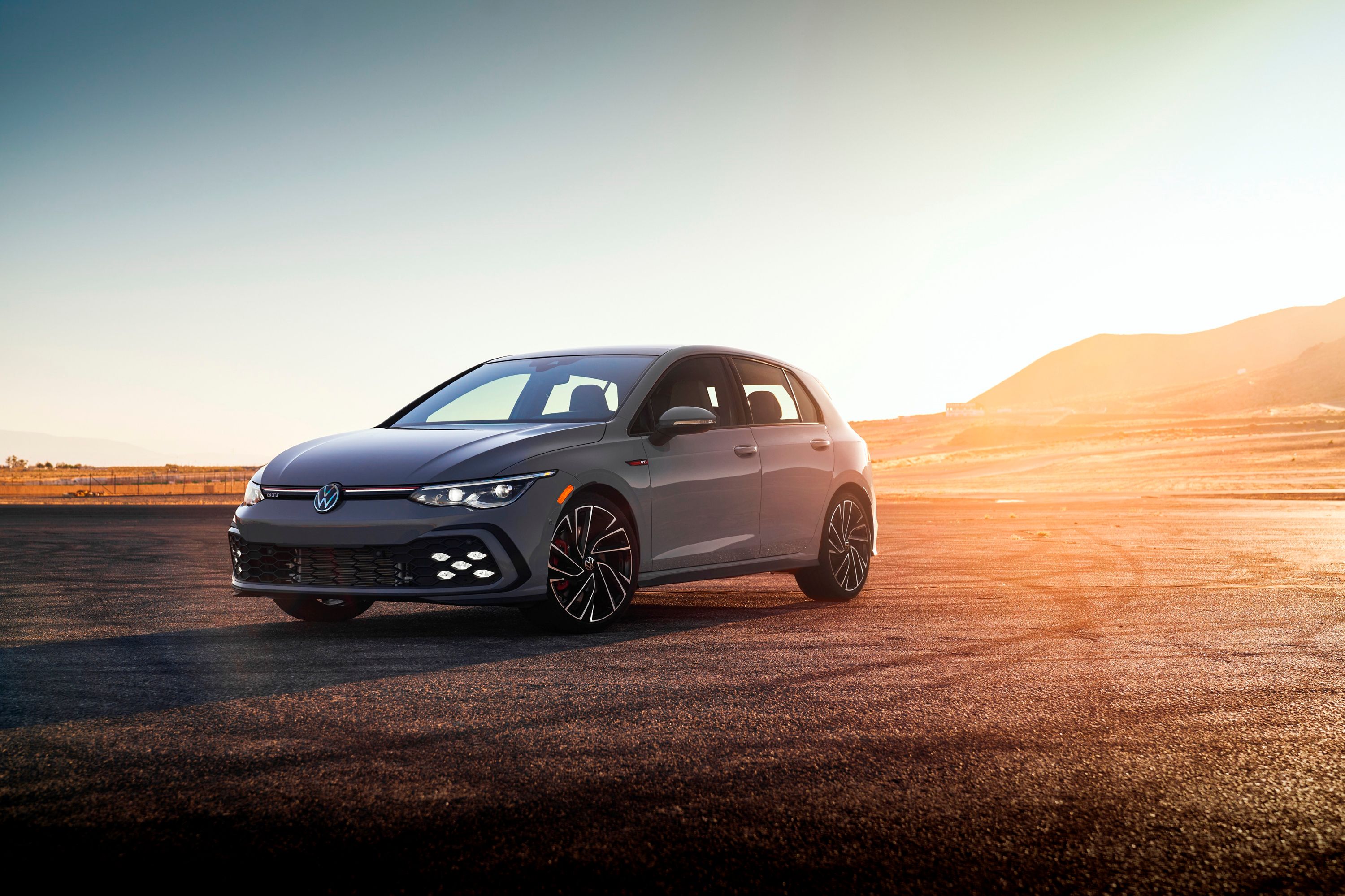
Where would we be without the dual clutch transmission? Perhaps we would still be dealing with the clunky single clutch boxes found in the supercars of the early 2000s. Exactly 15 years ago, Volkswagen offered the first production dual-clutch gearbox (DSG) in the 2003 Golf R32. Interestingly, this revolutionary new transmission was only offered in Europe, while the US-spec R32 used an old-fashioned manual.
Fast forward to today and VW Group has sold over 26 million vehicles equipped with a six-speed or seven-speed DSG, which is an impressive accomplishment. In the 15 years since VW first introduced the DSG, the automotive landscape has changed significantly in regards to the split between automatics and manuals.
The US and Europe have always been very different on their transmission preference. At the beginning of the 21st century, 88% of drivers in the US opted for an automatic transmission. By contrast, only 14% of European drivers opted for an automatic, mainly in premium models. In 2018, only around 3% of new cars in the US are sold with a manual and they are even starting to die off in Europe.
Back in the early 2000s, 90% of Golf models rolled off the assembly line with a manual. This all changed when VW introduced the DSG option, which was 20% more economical than a traditional automatic. 15 years later and over 40% of Golf models are sold with a DSG as are almost 30% of Polo models.
The rest of VW's lineup boasts an even higher take rate for the DSG. 60% of Passat sedans are sold with a DSG, increasing to 70% for the estate. Over 80% of Arteon models are sold with a DSG and the Tiguan Allspace sits at around the 90% mark. VW continues to make improvements to its DSG, including a new coast feature which decouples the engine from the drivetrain to allow the car to coast and save fuel.
